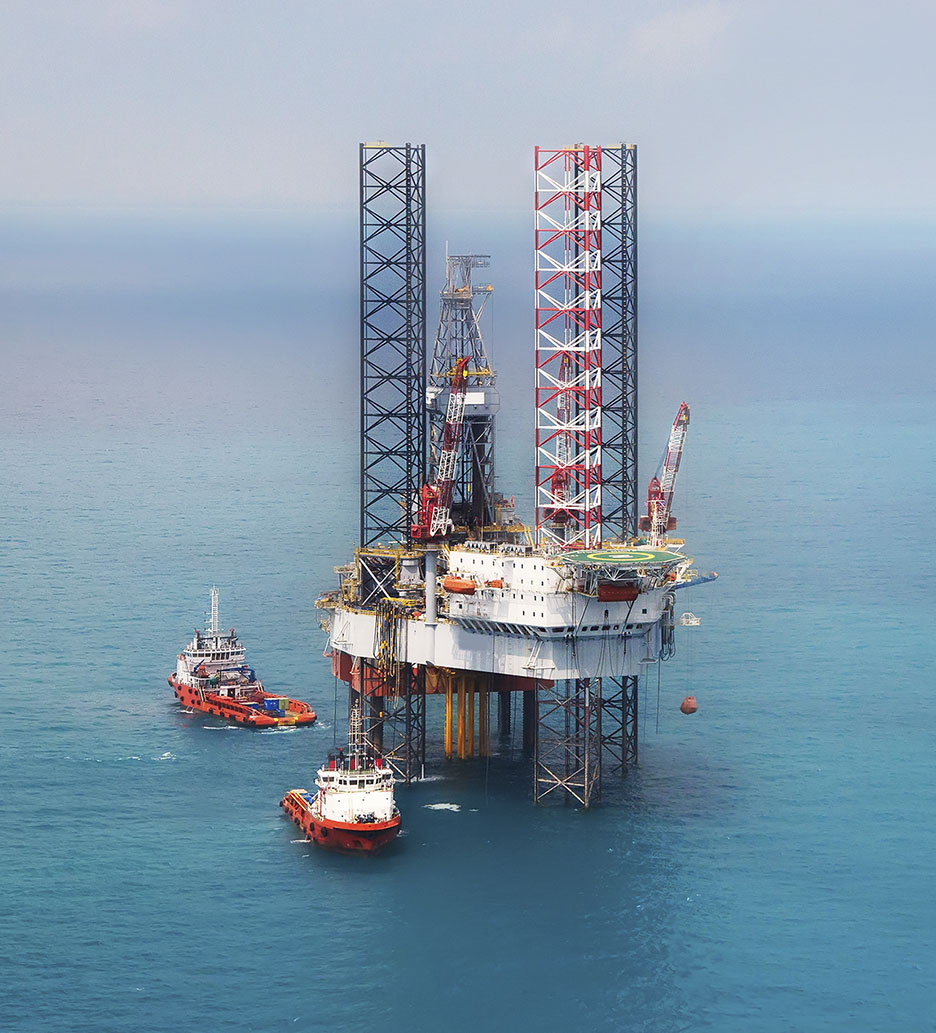Well log digitisation and seismic scans for the oil industry require a specific skill set, as well as high-end equipment able to meet the demands of this type of work. Well log digitisation in particular generally involves working with physically large items - up to fifty metres in length in the projects we've undertaken so far - and these provide their own unique set of challenges. Seismic scans whilst smaller - typically 3 metres in length - are not inconsiderable in size.
When working with these types of large items, the challenge is always to return the highest possible quality digitised files whilst, at the same time, keeping file size manageable. This is not only important from a visual perspective but also to allow the results to be machine read and interpreted. Using skills acquired in previous projects along with up to date compression techniques, we have been able to achieve up to 1200dpi in terms of resolution and return data in .pdf format which averages at approximately 1/200th the size of an equivalent .tiff file and about 1/10th the size of a standard uncompressed .pdf.
In cases where clients are happy for work to be completed off site, we have secure facilities in London and Edinburgh alternatively our teams are able to work on site as an embedded resource or for a specific project. We have previously worked on site at Lambeth Palace; Canterbury Cathedral; Senate House Library; The British Library; National Library of Scotland; and University of Leeds, among others. We also have a team of between 10 and 15 Max staff based at The National Archives at Kew.





